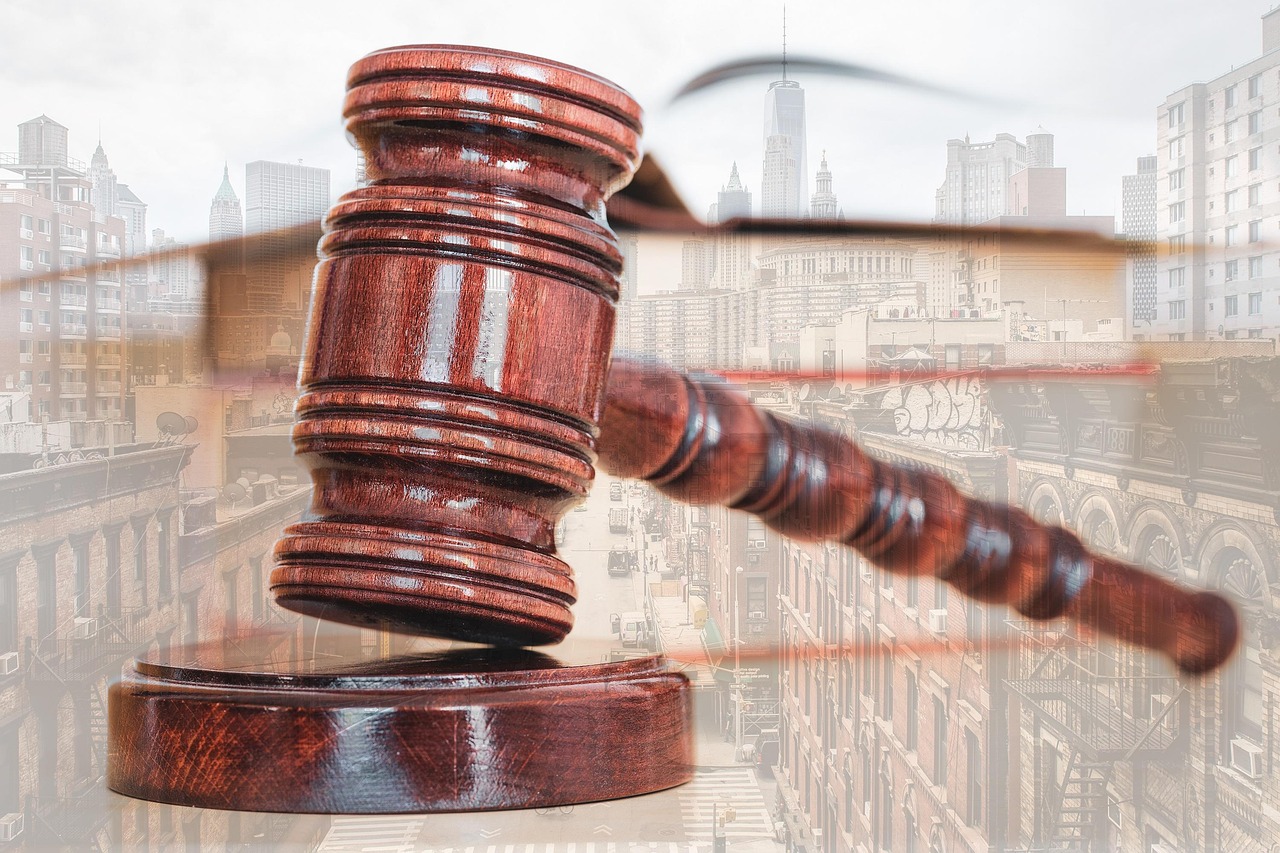Legal Analysis of Environmental Justice in Federal Courts
Environmental justice litigation presents a complex legal frontier where civil rights law intersects with environmental regulations. This emerging legal discipline addresses how environmental hazards disproportionately impact low-income communities and communities of color. Federal courts increasingly face challenges in balancing environmental protection, administrative deference, and constitutional equal protection claims. The judicial approach to these cases reveals evolving standards that shape policy outcomes and community remedies across the United States.

The Legal Foundation of Environmental Justice Claims
Environmental justice cases typically rest on a combination of statutory and constitutional arguments. The primary federal statutory vehicles include Title VI of the Civil Rights Act of 1964, which prohibits discrimination in federally funded programs; the National Environmental Policy Act (NEPA), which requires environmental impact assessments for major federal actions; and substantive environmental statutes like the Clean Air Act and Clean Water Act. Constitutional claims often invoke the Equal Protection Clause of the Fourteenth Amendment, though these face significant hurdles following the Supreme Court’s decision in Washington v. Davis, which established that constitutional discrimination claims require proof of discriminatory intent, not merely disparate impact.
Federal courts have established an increasingly elaborate framework for evaluating these claims. In Chester Residents Concerned for Quality Living v. Seif, the Third Circuit initially recognized a private right of action for disparate impact claims under Title VI regulations. However, the Supreme Court’s subsequent decision in Alexander v. Sandoval significantly curtailed this avenue by holding that private parties cannot directly sue to enforce disparate impact regulations promulgated under Title VI. This judicial restriction has forced environmental justice advocates to pursue alternative legal strategies and procedural challenges under NEPA or Administrative Procedure Act claims.
Administrative Deference and Its Implications
Environmental justice litigation frequently involves challenges to administrative agency decisions. Courts must determine what level of deference to afford agencies interpreting their own regulations and implementing environmental justice principles. The Chevron and Auer doctrines of administrative deference have traditionally given agencies significant latitude, but recent Supreme Court decisions have begun limiting this deference, with particular consequences for environmental justice claims.
The Court’s decision in Kisor v. Wilkie narrowed Auer deference by requiring courts to exhaust all traditional tools of interpretation before deferring to an agency’s interpretation of its own ambiguous regulations. This shift carries significant implications for environmental justice claims that challenge permit approvals or regulatory decisions. As agencies like the EPA incorporate environmental justice considerations into their decision-making processes, federal courts increasingly scrutinize whether these considerations were properly applied within statutory bounds. This creates tension between judicial oversight and administrative expertise in addressing complex environmental justice issues.
Evidentiary Challenges in Proving Disparate Impact
One of the most significant barriers to successful environmental justice litigation lies in the evidentiary requirements imposed by federal courts. Demonstrating disparate impact requires sophisticated scientific and statistical analyses to establish causal connections between environmental hazards and community health outcomes. Courts have shown varying degrees of receptiveness to such evidence, creating inconsistent precedents across jurisdictions.
The standard articulated in South Camden Citizens in Action v. New Jersey Department of Environmental Protection illustrates this challenge. The court required plaintiffs to demonstrate not only statistical disparities in environmental burden but also that the specific facility in question would cause adverse health effects. This demanding causation standard often presents an insurmountable evidentiary hurdle. While some courts accept cumulative impact analyses that consider the aggregate effect of multiple environmental stressors on a community, others require facility-specific proof of harm, creating a patchwork of judicial approaches to environmental justice evidence.
Procedural Justice and Public Participation Requirements
Federal courts increasingly recognize procedural dimensions of environmental justice beyond substantive outcomes. These procedural justice considerations center on meaningful community involvement in environmental decision-making. Courts have shown greater willingness to intervene when agencies fail to facilitate adequate public participation, particularly for affected communities facing language, technical, or resource barriers.
In Friends of Buckingham v. State Air Pollution Control Board, the Fourth Circuit vacated an air permit for a natural gas compressor station partly because the state agency failed to adequately consider environmental justice issues during the permit process. The court emphasized that environmental justice analysis must include meaningful consideration of disproportionate impacts on minority communities. Similarly, courts have enforced NEPA’s public participation requirements to ensure environmental justice communities have meaningful opportunities to engage with federal decisions affecting their environments. This procedural focus offers a potentially more viable pathway for environmental justice advocates than substantive challenges.
The Future Trajectory of Environmental Justice Jurisprudence
Recent developments suggest federal courts may be entering a new phase in environmental justice jurisprudence. President Biden’s Executive Order 14008 established environmental justice as a central administrative priority, directing federal agencies to develop programs and enforcement strategies addressing disproportionate pollution impacts. This administrative emphasis may produce more litigation as agencies incorporate environmental justice considerations into regulatory decisions, creating new bases for judicial review.
Simultaneously, some federal courts have begun recognizing the structural aspects of environmental discrimination, acknowledging historical patterns of facility siting and cumulative burdens. The Fifth Circuit’s decision in Exxon Mobil Corp. v. United States signaled potential judicial receptiveness to more systemic analyses of environmental justice impacts. Additionally, as state courts develop their own environmental justice jurisprudence under state constitutional provisions and environmental laws, federal courts may incorporate these evolving standards into federal environmental justice analysis.
However, countervailing judicial trends toward limiting implied private rights of action, restricting standing, and curtailing administrative authority may constrain environmental justice litigation. The balance between these competing judicial philosophies will likely shape the future effectiveness of environmental justice claims in federal courts and determine whether the legal system can adequately address persistent environmental inequities across American communities.





